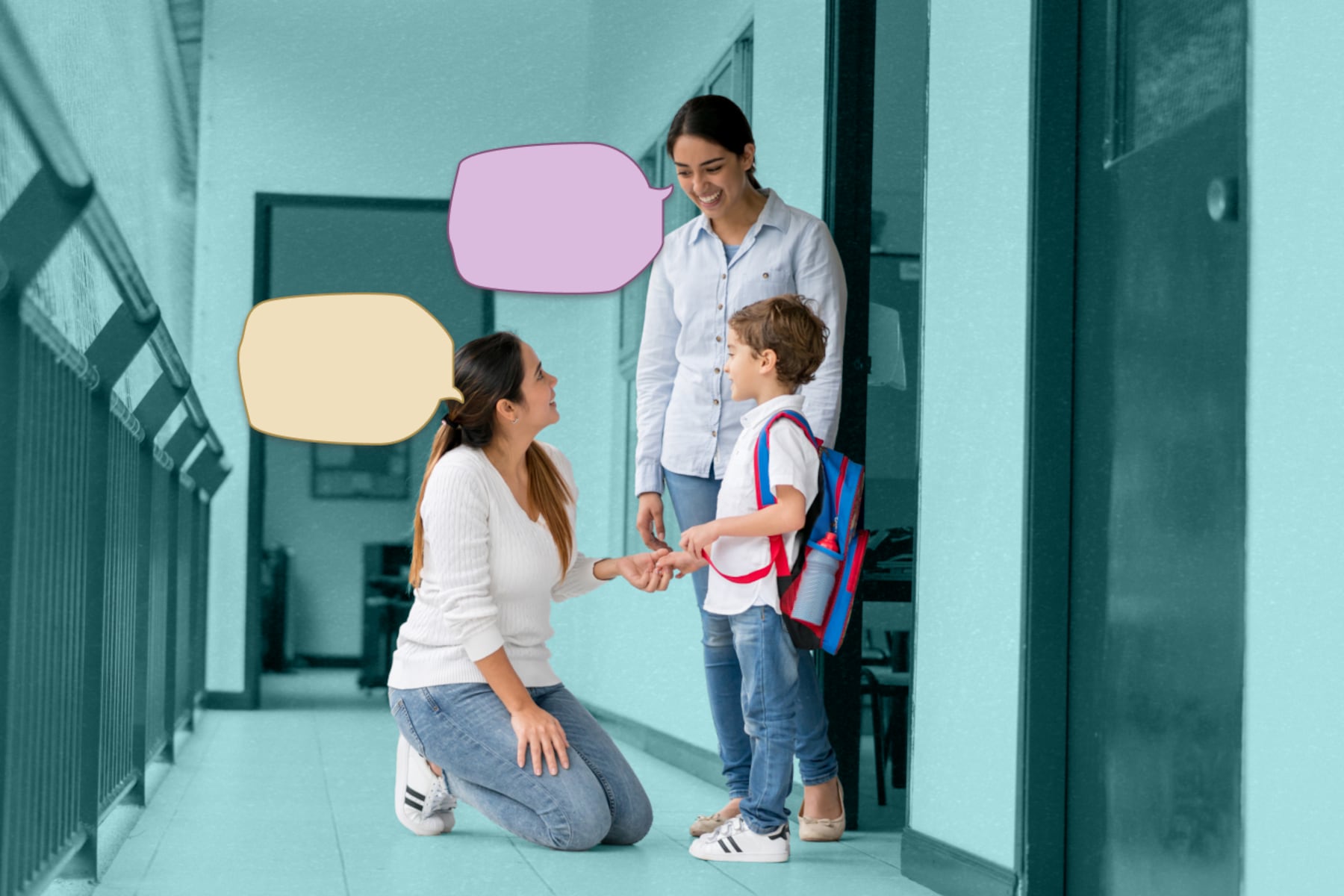Two teachers seek help in communicating with students and their families.
Dear Dr. Kem,
I’m starting this year at a new school that has a large Spanish-speaking population, but I don’t speak Spanish. Most of the kids speak English, but I’m nervous about trying to communicate with their parents.
What would you do in my situation? — Lost in Translation
Dear Lost in Translation,
You have a case of what I call the pre-worries.
Given the demographics of the teaching profession and the increasing number of diverse students, you are not alone as you try to communicate with those in a culture different from your own.
My school participates in foreign exchange programs and as an English teacher, I have taught students from Germany, Spain, Liberia, Jamaica, and other places around the world.
My first experience was a lot of pointing, smiling, and being utterly confused. It took me a while to learn the following advice — use the resources available to you.
- Contact the district English Language Learning teacher, if there is one. This teacher can help you translate notes and phone calls between you and the non-English speaking families.
- Students tend to be helpful when they know you have limited language skills. They will be your greatest resource for understanding not only language but cultural barriers. For example, they will alert you about traditional foreign holidays when they may be absent from school or may not be able to complete a project.
- Make no assumptions about familial commitment to education. It can be easy to fall into the trap of believing that non-English speakers who do not initiate contact care less about their child’s educational experience.
Do whatever you can to invite these families to events, have special reading and math nights equipped with translators (coordinate with school counselors), and send home grade reports with summary comments to let them know how their child is progressing.
By the end of the year, you will have learned more than an app or even a semester in college can teach.
[Are you a teacher? Submit your question for our advice column here.]
Dr. Kem,
I know there are A LOT of apps out there for teachers to communicate with students and parents. Do you have one you like best? — Techy Teacher
Dear Techy Teacher,
As much as I would like to jump on an app to communicate with families, I only use communication methods provided and approved by the district.
In my career, I have seen teachers who have used methods not approved by the district and the result has caused problems with parents and administrators. Specifically, I have seen teachers use social media to connect with their students and too many conversations can be misinterpreted in an informal setting.
If you’re hungry to use technology, look for ways to use communication technology inside your classroom.
- Learning Without Tears suggests teachers create a podcast. While starting one can seem like a daunting task, Teacher Vision provides a step-by-step guide on how to get started.
- Elementary school educators use apps like Class Dojo because it provides behavior reports that families can view in real time.
- All teachers can use Google’s “schedule send” feature to plan emails in advance.
- When I taught summer school, I set up a free Google voice phone number that was connected to my cellular phone to text and leave messages with parents.
Whatever communication method you choose, set your boundaries and make it clear to parents what platforms you’re available on at the start of the school year and avoid the temptation to allow exceptions.
Dr. Kem Smith is Chalkbeat’s first advice columnist. She is a full-time 12th-grade English teacher in St. Louis, Missouri. Submit your question to Dr. Kem via this submission form, and subscribe to How I Teach to receive her column in your inbox.
If you have a rebuttal or additional advice you’d like to share with either Lost in Translation or Techy Teacher, please email afterthebell@chalkbeat.org






